From electrical switches and solar panels to chemical-producing catalysts, silver is an essential component in many industries. Its unique properties make it nearly impossible to substitute and its uses span a wide range of applications.
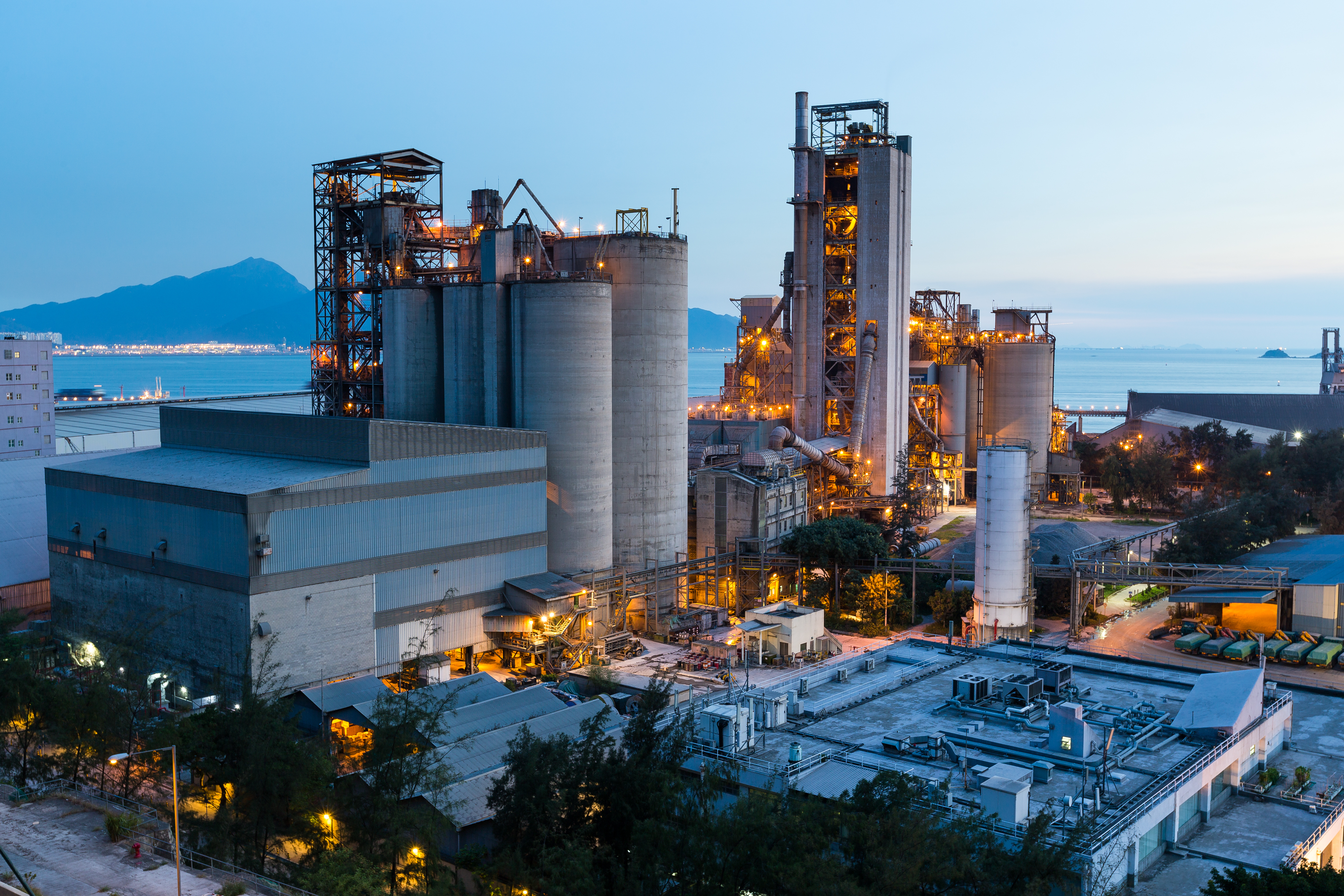
Almost every computer, mobile phone, automobile and appliance contains silver. It is the perfect substance for coating electrical contacts – like those in printed circuit boards – because of its high electrical conductivity and durability. Painting silver ink on any non-metal surface provides an electrical pathway, eliminating the need for wires. For example, Radio Frequency Identification Device (RFID) chips are replacing bar codes on many items in supermarkets and supply chain inventories. The chips’ paper-thin antennas consist of sprayed-on silver.
Silver and Solar Technology
Silver plays a vital role in the production of solar cells that produce electricity.
Silver’s use in photovoltaics Photovoltaic (PV) power is the leading current source of green electricity. It is of note that, despite COVID disruption, the PV market proved its resilience in 2020. Newly added solar capacity saw further growth, with the total estimated to have surpassed 130GW for the first time ever. Silver’s use in photovoltaics increased to 140.3 Moz of silver in 2022.
How is silver used in solar cells? Silver powder is turned into a paste which is then loaded onto a silicon wafer. When light strikes the silicon, electrons are set free and the silver – the world’s best conductor – carries the electricity for immediate use or stores it in batteries for later consumption.

Silver Application of the Month
A New Way to Coat Body Implants with Silver
Coating body implants, especially those made of polymers such as those used for hernia or gynecological repair, with silver nanoparticles has become almost commonplace. Still, one challenge has been to keep the particles on the implant and prevent them from leaching out into the patient. A new approach is under study by researchers at the University of Alabama at Birmingham, who say they have developed a method to coat polymers that keeps the nanoparticles intact. Polymers can be natural or synthetic and often makeup materials in living organisms or man-made materials. Examples of natural polymers are wool, DNA, silk, cellulose and proteins. Artificial polymers are mostly made from petroleum and include items like nylon, polyethylene, polyester, Teflon, and epoxy. Many implants are artificial polymers. Getting the silver to stick to polymers, though, can be difficult. Associate Professor Vinoy Thomas, who heads the research team, noted in a prepared statement: “The challenge of attaching metallic nanoparticles is tough in cases involving hydrophobic (water rejecting) polymeric biomaterials, which most polymeric biomaterials fall under.” The team developed a process they call plasma electroless reduction or PER. The PER process deposits silver and gold nanostructures on polymer material surfaces, including cellulose paper, polypropylene-based facemasks and 3-D printed polymer scaffolds used for implants. Speaking about facemasks and other surfaces, Thomas added: “[Plasma] has enormous capability in materials processing and to decontaminate surfaces for preventing the spread of COVID-19 and other communicable diseases.

Silver In Electronics
Silver is found in virtually every electronic device. If it has an on/off button, it’s likely that silver is inside. Electronics & electrical demand rose 6% in 2022 as global industrial production picked-up. Other supportive factors included the demands of the home working economy, strong consumer electronics demand, 5G infrastructure investment, inventory build along the supply pipeline, and rising silver consumption in the green economy, chiefly in photovoltaics. There was also little pressure from substitution and thrifting, primarily as silver prices were viewed favorably.
Silver’s excellent electrical conductivity makes it a natural choice for everything from printed circuit boards to switches and TV screens.
Silver membrane switches, which require only a light touch, are used in buttons on televisions, telephones, microwave ovens, children’s toys and computer keyboards. These switches are highly reliable and last for millions of on/off cycles. Silver is also used in conventional switches like those used for controlling room lights.
For printed circuit boards, used in consumer items from mobile phones to computers, silver-based inks and films are applied to composite boards to create electrical pathways. Similarly, silver-based inks produce RFID tags (radio frequency identification) antennas used in hundreds of millions of products to prevent theft and allow easy inventory control. RFID’s are also used in prepaid toll road passes. Many plasma display panels are also fabricated using silver and silver’s use in the evolving 5G deployment is a plus for silver.

Silver Catalysts
A catalyst is something that helps chemical processes happen. The most common catalyst is heat, but sometimes a catalyst is a substance that facilitates the process without undergoing any transformation itself.
Silver is a common catalyst for many manufacturing processes, often producing items that you use every day.
Because of its unique chemical properties, silver is a vital catalyst in the production of two major industrial chemicals: ethylene oxide and formaldehyde. Because the silver is not effected by the reaction, it is almost completely recovered after it is used.
Nearly 10 million ounces of silver are used each year to produce ethylene oxide. Ethylene oxide is the foundation for plastics including polyester, a textile used in both mainstream fashion and specialty clothing. This same substance is an ingredient in molded items such as insulating handles for stoves, key tops for computers, electrical control knobs, domestic appliance components, and electrical connector housings. About 25% of ethylene oxide production is used to manufacture antifreeze coolant for automobiles and other vehicles.
Silver catalysts can also be used to produce formaldehyde, a chemical produced from methanol. It is the building block of solid plastics adhesives, laminating resins for construction plywood and particle board. Formaldehyde also helps to produce finishes for paper and electronic equipment, textiles, surface coatings that resist heat and scratches, dinnerware and buttons, casings for appliances, handles and knobs, packaging materials, automotive parts, thermal and electrical insulating materials, toys and many other products.
For more information on silver and catalysis, please see Silver Catalysis Backgrounder .
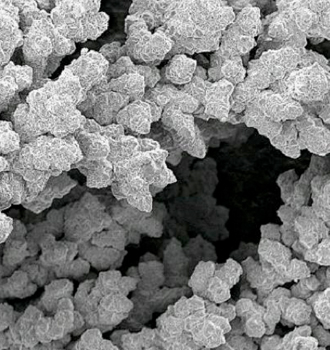
Silver in Brazing and Soldering
When metal pieces such as pipes, faucets, ducts and electrical wires are joined together the process is called brazing or soldering based on how much heat is applied to the junction. Without silver, none of these connections would be as strong, leakproof or as electrically conductive as the original materials.
First, some definitions: Brazing is when materials are joined at temperatures above 600 degrees Celsius while soldering is the term for the joining process at temperatures below 600 degrees Celsius.
Adding silver to the process of soldering or brazing helps produce smooth, leak-tight, electrically conductive and corrosion-resistant joints. Silver brazing alloys are used in everything from air-conditioning and refrigeration to electric power distribution. They are also crucial in the automobile and aerospace industries.
Silver brazes and solders combine high tensile strength, ductility and thermal conductivity. Silver-tin solders are used for bonding copper pipe in homes, where they not only eliminate the use of harmful lead-based solders previously used, but also provide the piping with silver’s natural antibacterial action. Major faucet manufacturers also use silver-based bonding materials to incorporate these advantages. Refrigerator manufacturers use silver-based bonding materials to provide the flexibility required for constant changes in the temperature of the cooling tubes.
Because of health concerns, the traditional 63% tin/37% lead solder used to build electronic equipment is quickly being replaced by a combination of silver, tin and copper solder. The movement was boosted by the Restriction of Hazardous Substances (RoHS) legislation that applies throughout the European Union (EU). The law bans all products containing more than a trace amount of lead, mercury, cadmium and several other hazardous substances. Although the laws apply only to EU countries, there is a worldwide movement toward using safer solders. Silver is and will continue to be a popular and healthy substitution for the metals that are currently being phased out.
Brazing and alloys accounted for 49 Moz in 2022 representing a 3 percent decrease over 2021.

Silver Bearings
With continuous operation at high temperatures, engines require a stronger type of bearing than other machinery.
This is where silver enters the picture. When steel ball bearings are electroplated with silver, they become stronger than any other type of bearing. Jet engines, for example, rely on silver bearings because they can function continuously and at very high temperatures. So do helicopter engines.
Not only is a silver-coated steel ball bearing strong, but the silver acts as a lubricant, reducing friction between the bearing and its housing. This increases the performance and longevity of the engine. Despite high internal temperatures, silver-coated bearings provide superior performance and a critical margin of safety for engines. Even in the event of an oil pump failure, for instance, silver-plated bearings provide enough lubrication to allow a safe engine shutdown before serious damage can occur.
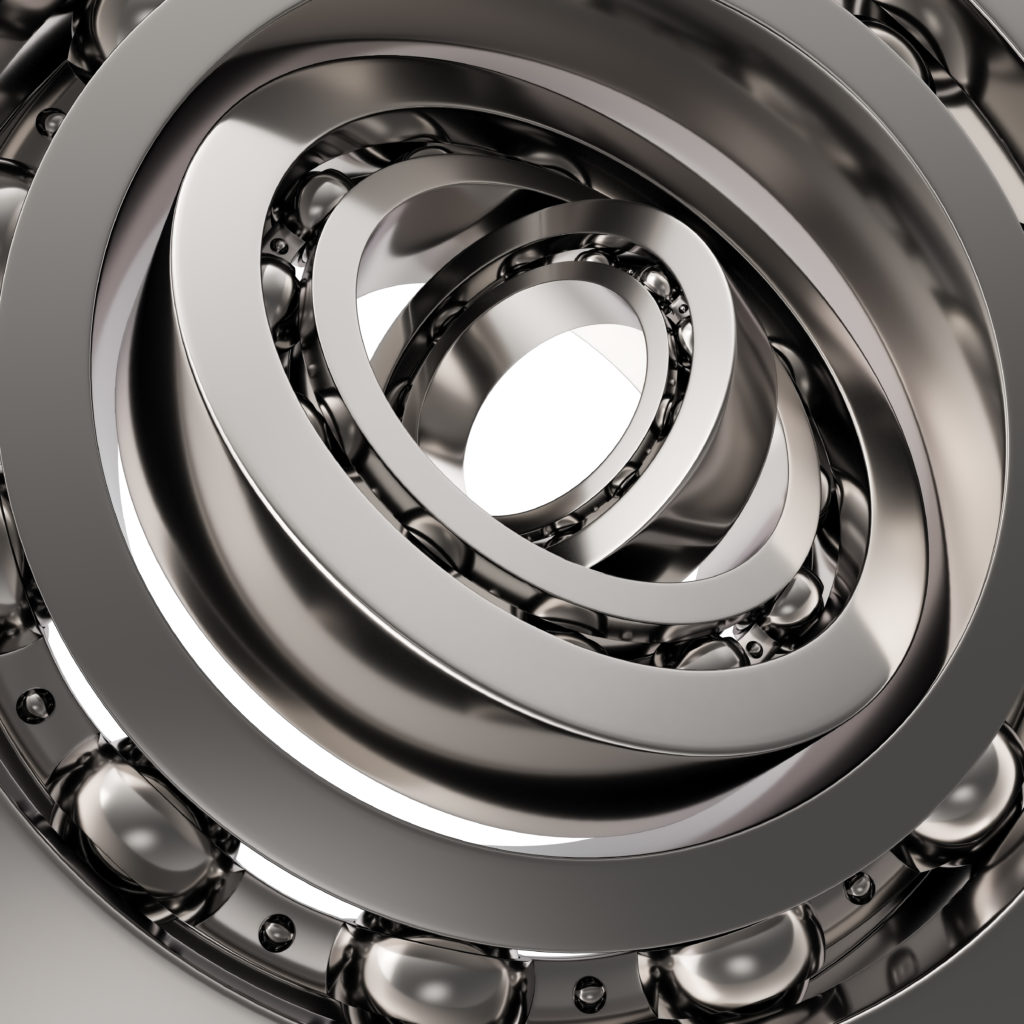
Silver in Medicine
Even before people fully understood how silver worked as an antibiotic, the metal was used to prevent the growth of dangerous germs. On long ocean voyages, for example, silver coins were dropped into water and wine casks to keep the liquids fresh. For decades, physicians placed several drops of silver nitrate into newborns’ eyes to prevent infection.
During World War I, battlefields wounds were wrapped in silver foil and silver sutures were used to close deep wounds.
More recently, silver coatings are being placed on medical devices such as breathing tubes and catheters to help fight infections. It’s also being applied to artificial bones and scaffolding used to keep bones in place while they mend. Silver is found in bandages and ointments because it keeps bacteria at bay, allowing the body to heal faster.
Silver has also been shown to be effective against bacteria that are becoming resistant because of the overuse of chemical antibiotics. For example, a life-threatening Staph germ called MRSA (Methicillin-resistant Staphylococcus aureus), often referred to as a “superbug” and found in healthcare facilities, is resistant to almost all chemical antibiotics. To fight back, many facilities are employing silver-imbedded equipment including surgical tools, needles, stethoscopes, furniture, door handles, furniture, linens and even paper files.
Only during the past few years have scientist learned how silver works as a biocide. Silver ions can penetrate the cell walls of bacteria – without injuring mammalian cells – thus destroying the chemical and structural bonds essential for the bacteria’s survival and growth.
For more information on silver and medicine, see Silver in Medicine Backgrounder.

Silver and your Automobile
Our motor vehicles are becoming more and more computerized, and silver plays a vital role in their operation. Over 60 million ounces of silver are used annually in motor vehicles. For example, every electrical connection in a modern car is activated with silver-coated contacts. Starting the engine, opening power windows, adjusting power seats, closing a power trunk and important safety features are all accomplished using a silver membrane switch.
Automakers today are increasingly relying on silver to enable the vast technological advances incorporated into modern vehicles. This has resulted in another powerful demand center for silver, with projections of nearly 90 million ounces (Moz) of silver absorbed annually in the automotive industry by 2025.
To provide a better understanding of silver’s important function in the automotive sector, see our report entitled, “Silver’s Growing Role in the Automotive Industry.” The report examines trends in automotive production, including the evolution of hybrid and battery electric vehicles. It also addresses transportation policies that favor vehicle electrification in some of the world’s most important vehicle markets. The report provides an analysis of silver automotive demand in a range of vehicles and the growing importance to silver demand of ancillary automotive services. The report concludes with an assessment of current and forecasted silver demand in automobiles through 2025.
Silver in Water Purification
Millions of water purifiers are sold each year and silver is inside many of them. Silver prevents bacteria and algae from building up in their filters so that they can do their job — getting rid of bacteria, chlorine, trihalomethanes, lead, particulates and odor. Silver, in concert with oxygen, acts as a powerful sanitizer that offers an alternative to, or an augmentation of, other disinfectant systems.
Silver ions are being added to water purification systems in hospitals, community water systems, pools and spas. Silver also helps to prevent Legionnaires’ disease, which is caused by buildup in pipes, connections and water tanks.
Water-born illness is a major problem in developing nations. The full extent to which silver can help treat the issue of clean drinking water has yet to be seen, but ongoing research is showing its usage to be an exciting development for the global water supply.
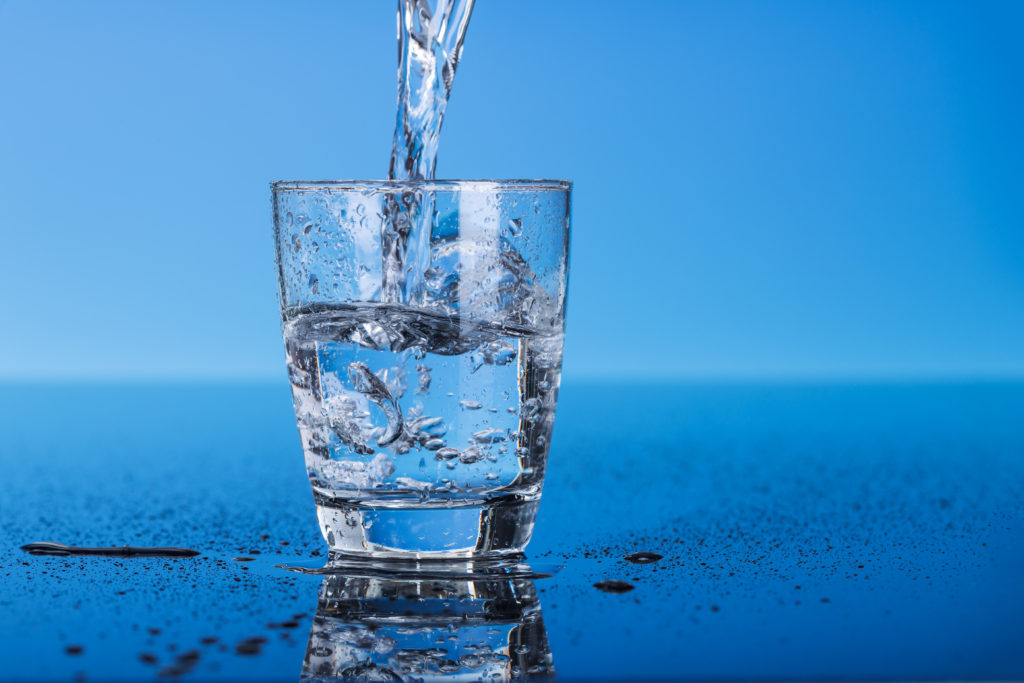
Silver in Photography
The popularity of digital photography has all but replaced film photography among consumers and even professionals. As a result, the use of silver-based imaging has been steadily dropping for many years. Oddly enough, though, this scarcity has made fine silver-based film photography something of a commodity and the market for both antique and contemporary works is growing.
Also, a new group of retro photographers are embracing old-style, silver-based instant photographs like those pioneered by Polaroid and sold from 1947 to 1983. Even though large-scale commercial production of instant film ended in 2009, film for these cameras is available from the Impossible Project, which not only produces new instant film but also refurbishes old cameras and manufactures news ones.
Despite the growth in digital photography, silver-based film is still sometimes used for X-Rays, especially in developing countries, because the images are not only extremely accurate, but also cost- effective. Silver-based films are also the medium of choice for some commercial motion pictures because of their vibrant colors and detail.
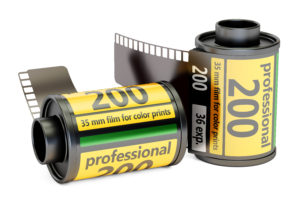
The George Eastman Museum in Rochester, New York, preserves and develops world-class collections related to photography and cinema. You can view many of exhibitions online, and learn about the rich history of silver-based photography here: George Eastman Museum
Recent Comments